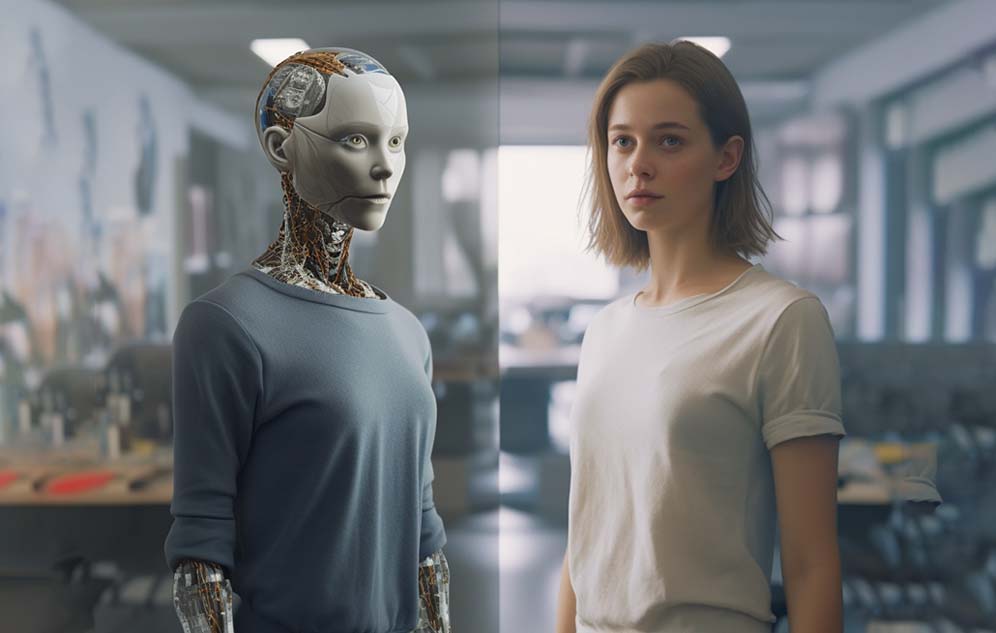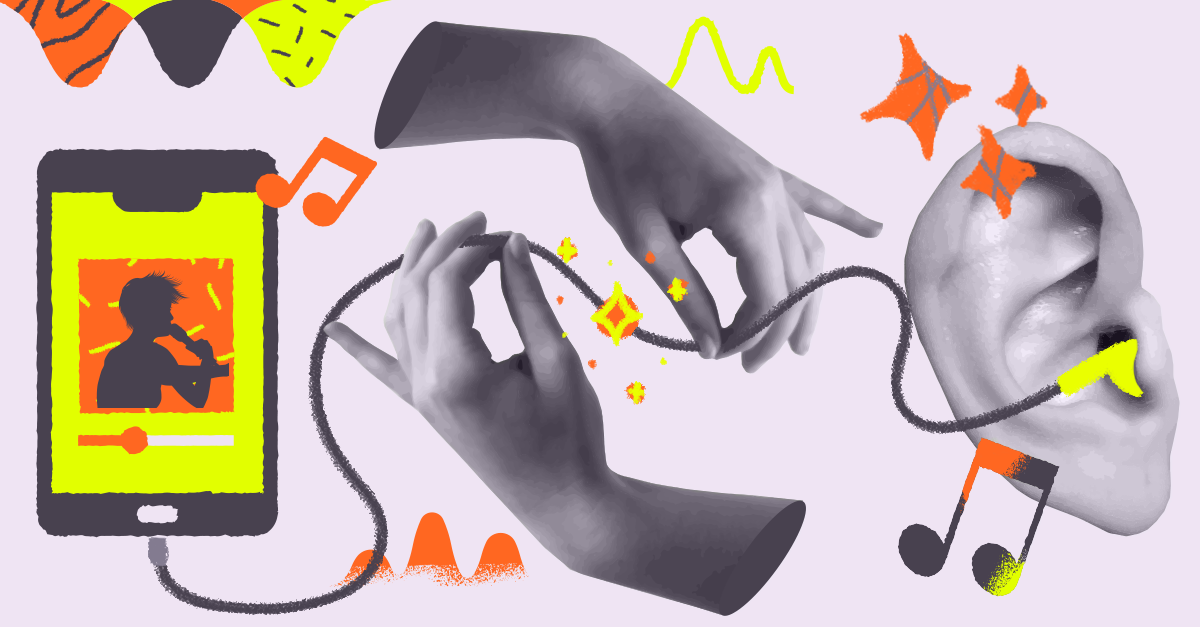
The Role of Human Creativity in an AI-Driven World
Brian Davidson | 5.30.23
With the rise of AI, many industries have changed the way they function on a daily basis. From chat bots to machine algorithm learning, we have seen the advertising and marketing industries utilize AI to deliver targeted content to individual customers, leading to higher engagement and increased conversion rates. These tools have not only improved efficiency, but they have also required less manpower to execute these tasks and in some cases have outright replaced jobs…and this is just the beginning.
In the last two years, we have also started to see AI driven technology infiltrate the creative industry, begging the question if the same effect on jobs and production would be felt as the marketing and advertising worlds. Will AI ultimately replace human creativity or can the two actually coexist in a harmonious relationship?
While AI can not replicate human creativity, it can definitely serve as a powerful tool and a source of inspiration to enhance productivity within the creative world. It can also handle time consuming tasks within Post Production, allowing employees to spend their time more strategically. For instance, our team has already started using powerful AI creative tools like DALL.E and Midjourney to create mood boards and thought starters for pitches, saving precious time within the creative process and Adobe has also recently launched its own generative AI technology that we are excited to start utilizing in our workflow.
Additionally we have also seen AI infiltrate the AR and MR spaces as companies like Wonder Dynamics have developed technology that allows creators to select actors in real life footage and replace them with avatars either in the original environment or even in a completely different environment like the metaverse. This powerful technology can not only take hours, if not days off of the motion capture process, but also can potentially save businesses money throughout the process.
It will be very interesting not only to see all of this technology develop over the next few years, but also to see how humans adapt to AI and learn to incorporate it into their daily workflow, not just in business, but in their everyday life outside of the ‘office’. From becoming an expert Large Language Model prompter (ChatGPT) to being able to take creative thought starters generated by AI and run with them, people will need to embrace the tools available to them or they may be left behind.
This is a very exciting, and sometimes scary time with advancements in AI changing by the day. However, if used properly, AI can serve as a powerful tool for all industries, including the creative field, allowing humans to spend their time more productively, learn new skills, maximize their overall efficiency and most importantly, act as a source of inspiration.



